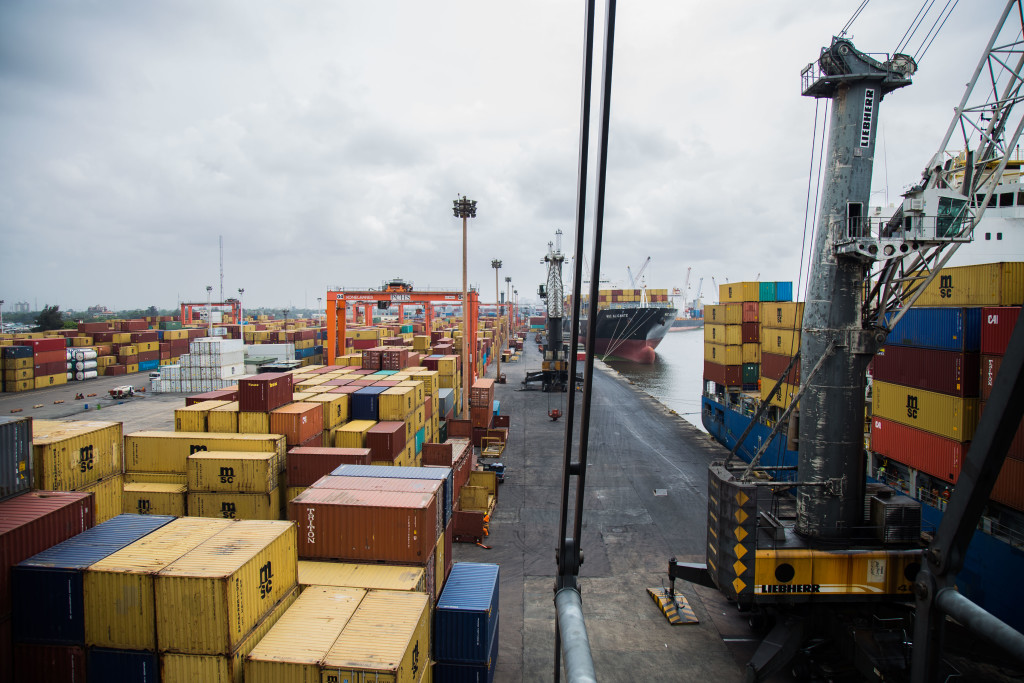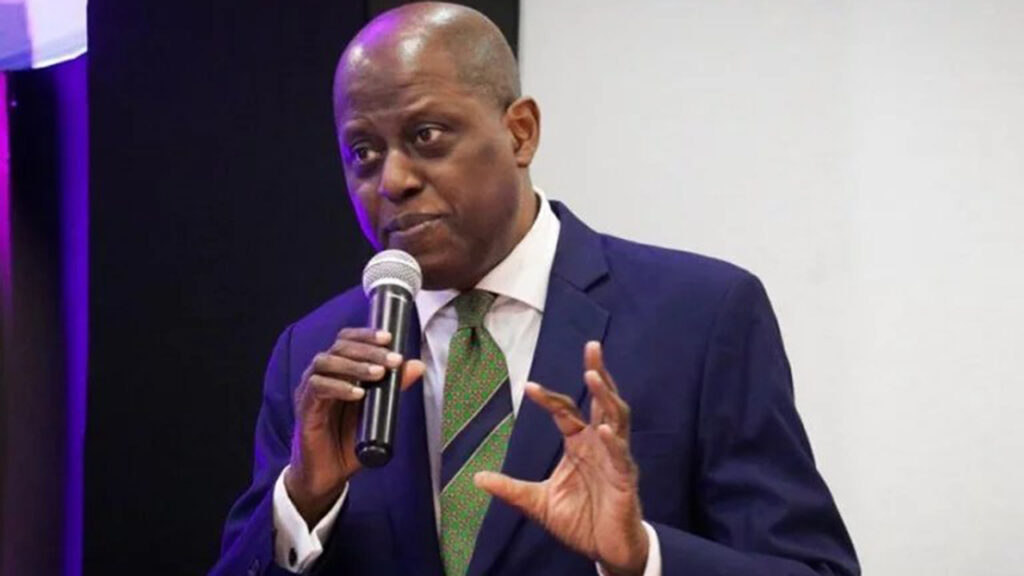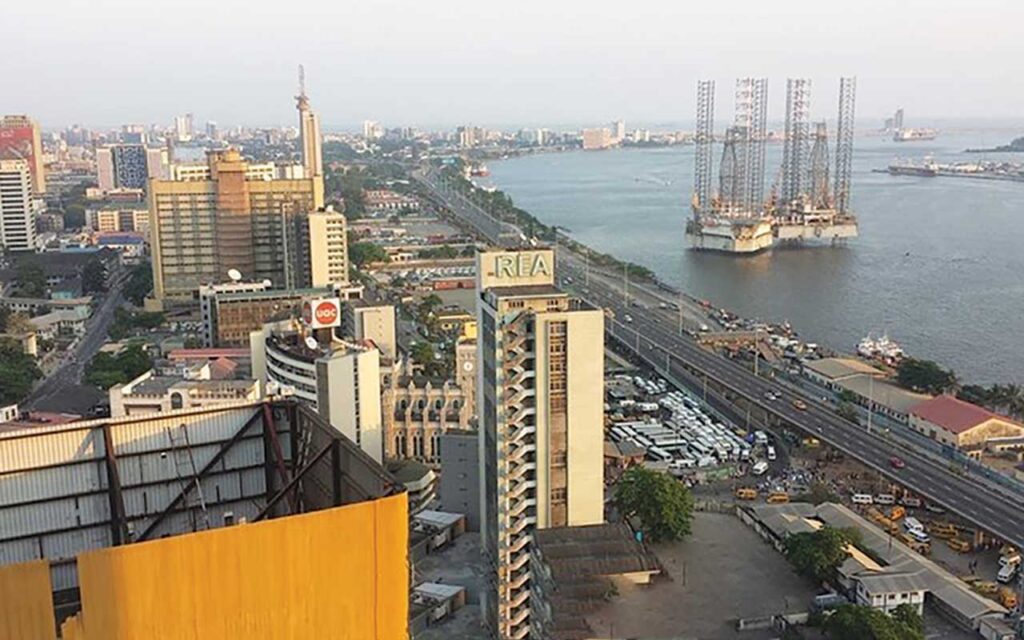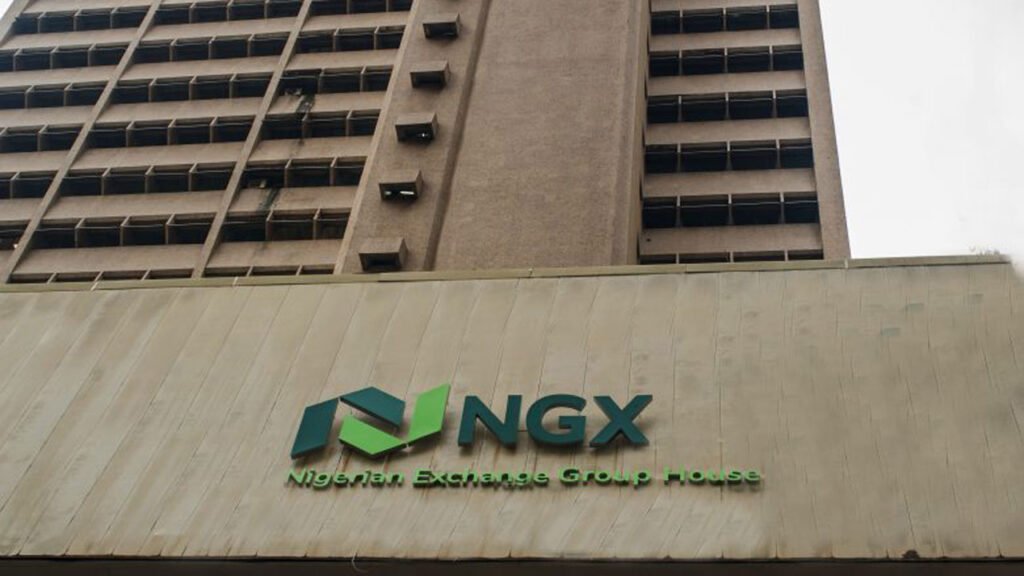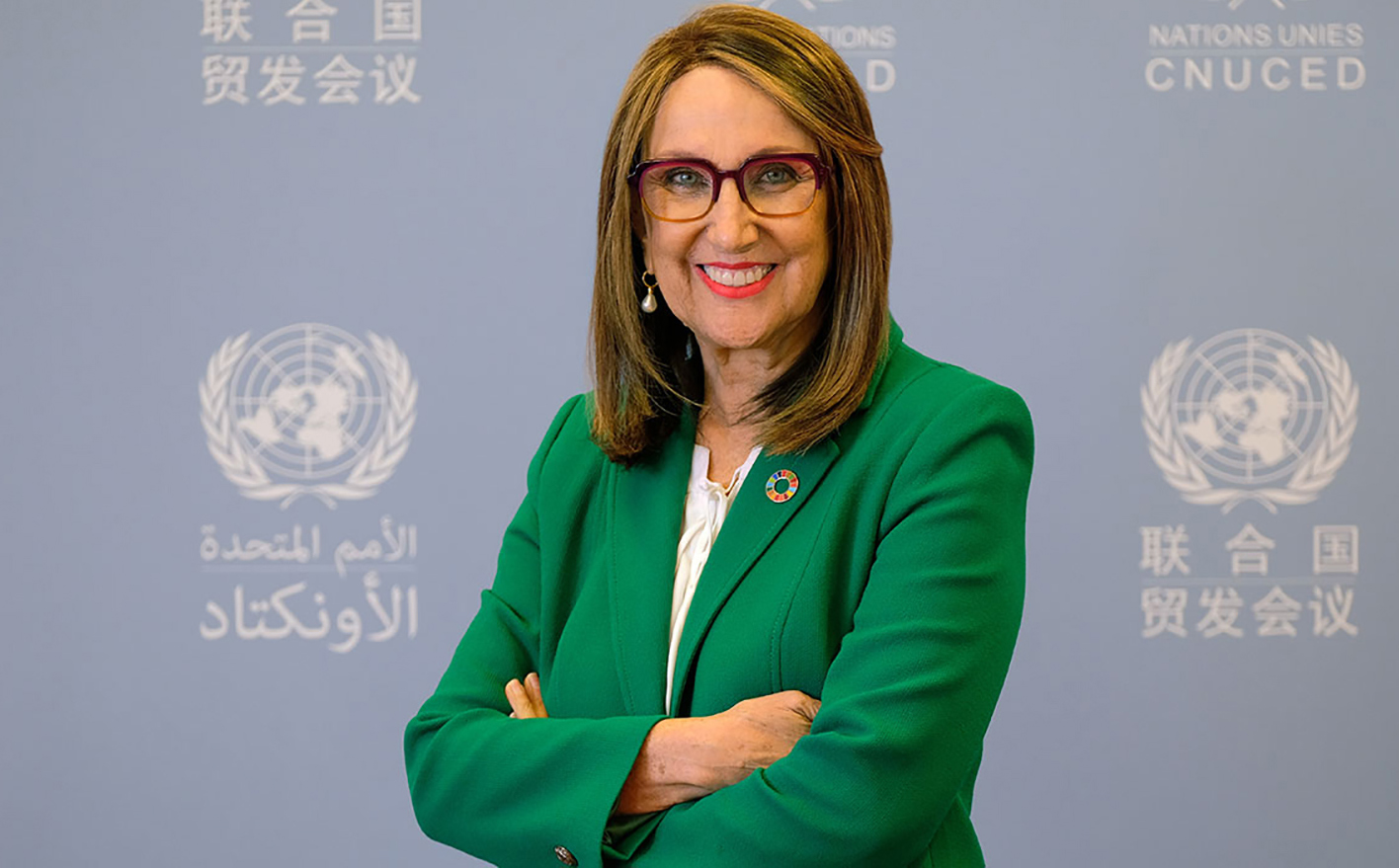
While the global economic slowdown in 2023 was less severe than originally projected, the United Nations Trade and Development (UNCTAD) in the latest report warned that further growth deceleration could be expected this year.
Secretary-General of UN Trade and Development, Rebeca Grynspan, ahead of the Spring Meetings of IMF and WB, where she will participate, strongly urged concerted multilateral action and a balanced policy mix underlining that global policy coordination remains the key to safeguarding the global economy amid shifting trade patterns, soaring debt, and mounting cost of climate change all of which disproportionately affect developing countries.
Looking to 2024, UNCTAD said market expectations for lower interest rates raise hope for mitigating the pressure on private and public budgets worldwide.
However, it noted that monetary policy alone cannot provide solutions to key global challenges, the report says, pointing to the ongoing crises linked to sovereign debt, ever-growing inequalities, and climate change.
It underscores the need for concerted multilateral action, along with a balanced policy mix of fiscal, monetary, demand-side and investment-boosting measures to achieve financial sustainability, create jobs, and improve income distribution.
To restore trust in the multilateral system and prevent further fracture, UN Trade and Development Secretary-General Grynspan spotlighted two critical areas.
“We call for coordinated multilateral efforts to address the asymmetries of international trade and market concentration.
“Borrowing countries need more fiscal flexibility to reach the Sustainable Development Goals. This can only be achieved through an inclusive and global reform of the global financial safety net.”
UNCTAD observed that most advanced economies’ central banks have aggressively raised interest rates since early 2022 to combat inflation. However, it said this approach didn’t fully consider supply chain issues from COVID-19 and increased market dominance, leading to higher prices and profits.
In 2023, despite stable employment, inflation decreased, indicating that supply-related issues, not just demand, contributed to earlier inflation. The report also found no evidence of a feared cycle where rising wages drive up prices, with real wages still below pre-pandemic levels and lagging behind productivity growth.
The wage-price spiral has not materialized – but labor productivity generally outpaced real wage growth. Rising protectionism, disrupted maritime routes due to geopolitical tensions and climate change threaten global trade.
In 2023, the global economy grew by 2.7 per cent, but international trade in goods decreased by one per cent. Although there has been some recovery in 2024, it’s unlikely that merchandise trade will be a significant driver of growth this year.
Global maritime trade routes, crucial for the world’s commerce, are facing increasing challenges. Most recently, escalating attacks on ships in the Red Sea since November 2023 have been compounding already existing disruptions in the Black Sea caused by the war in Ukraine. Additionally, climate-induced drought is affecting trade through the Panama Canal.
Despite some improvement, subdued growth is expected in global merchandise trade this year. Prospects for services trade are relatively better. The report also warned of rising protectionism, trade tensions and geopolitical uncertainty. These risks not only hamper economies but also imperil concerted multilateral solutions at a time when international trade collaboration is needed more than ever.
“Many developing countries are grappling with significant debt and development challenges at a time of declining aid flows.
“In 2022, nearly half of the surveyed developing nations for which data is available experienced negative net transfers on public and publicly guaranteed debt.
“Outflows to external creditors, including bilateral, multilateral, and private lenders, surpassed incoming disbursements by almost $50 billion, an amount equivalent to the GDP of several countries combined. Further, private creditors showed less interest in lending to developing countries.
“Between 2021 and 2022, net transfers on public and publicly guaranteed debt from private creditors switched from an inflow of over $40 billion to an outflow of nearly $90 billion, exposing flaws in the current debt and financial architecture,” UNCTAD noted.


